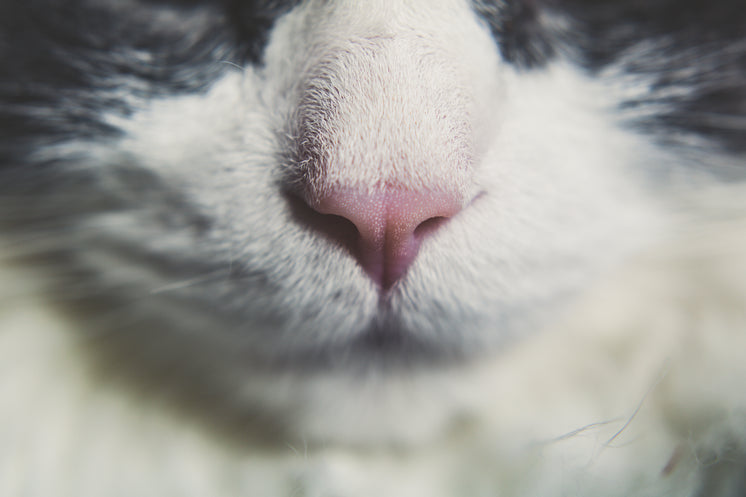Do It Yourself Cat Litter: Homemade Alternatives and Recipes
Do It Yourself Cat Litter: Homemade Alternatives and Recipes
Blog Article

Cat litter and litter boxes play an essential role in the lives of both cats and their owners. From the modest starts of sand and soil to the ingenious advancements of today, the world of cat litter has progressed substantially. In this comprehensive guide, we look into every aspect of cat litter and litter boxes, exploring their history, types, benefits, challenges, and everything in between.
The history of cat litter dates back centuries, with ancient civilizations using sand, soil, and even ashes as primitive litter materials. However, it wasn't up until the mid-20th century that contemporary cat litter as we understand it emerged. In 1947, Edward copyright presented the world's first industrial cat litter made from absorbent clay, reinventing the method felines relieved themselves inside your home. Ever since, cat litter has actually gone through various changes, with the intro of clumping litter, silica gel litter, naturally degradable choices, and more.
Today, cat owners are spoiled for choice when it pertains to picking the ideal litter for their feline buddies. Conventional clay litter remains popular for its cost and effectiveness in absorbing smells. Clumping litter, which forms strong clumps when wet, streamlines cleaning and maintenance. Silica gel litter, made up of extremely absorbent silica crystals, provides exceptional odor control and longevity. Eco-friendly alternatives, such as recycled paper, wood pellets, corn, and wheat, attract environmentally conscious customers.
Each kind of cat litter provides unique benefits. Clay litter stands out in its ability to absorb wetness and control smells, making it a trustworthy choice for many feline owners. cat litter scoop Clumping litter streamlines everyday scooping and extends the time between total litter modifications. Silica gel litter provides exceptional smell control and can last longer between replacements. Biodegradable litters offer a sustainable option that lessens environmental effect.
While cat litter improves indoor feline hygiene, it is not without its obstacles. Dust from clay litter can present respiratory risks for both felines and humans, triggering the appeal of dust-free alternatives. Some cats might establish litter box aversion due to issues with texture, aroma, or cleanliness, necessitating experimentation with various litters and box configurations. Multi-cat households may need strategic litter box positioning and Tofu Cat Litter frequent upkeep to prevent territorial conflicts and ensure all felines have access to clean centers.
Picking the suitable litter box is essential for promoting favorable litter box habits and total feline well-being. Aspects to consider include size, availability, and style preferences. Covered litter boxes supply personal cat litter alternatives privacy and help include smells, however some cats might find them restricting or intimidating. Open-top litter boxes provide easy access and presence however may lead to more litter scatter. Automatic self-cleaning litter boxes streamline upkeep however require routine monitoring and maintenance.
Proper litter box upkeep is crucial for guaranteeing a tidy and inviting environment for both felines and their owners. Daily scooping gets rid of waste quickly, decreasing odor and discouraging litter box aversion. Routine litter replacement, normally every 1-2 weeks, avoids bacterial accumulation and maintains ideal absorbency. Comprehensive cleansing with moderate cleaning agent and water, preventing harsh chemicals that might discourage felines from using package, need to be performed monthly.
Cat litter and litter boxes play a central function in fostering a healthy and harmonious relationship in between cats and their human companions. With a diverse array of litter choices and litter box styles readily available, cat owners have the versatility to customize their options to fit their felines' choices and household needs. By understanding the advancement, types, advantages, and obstacles of cat litter and litter boxes, pet owners can offer their feline good friends with a comfortable and hygienic indoor environment.